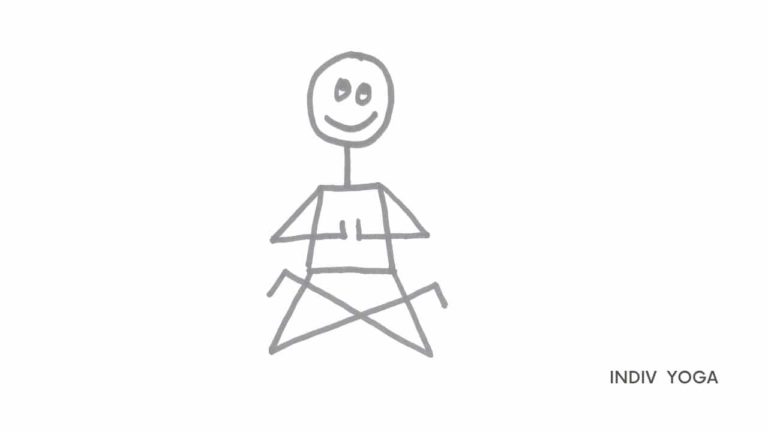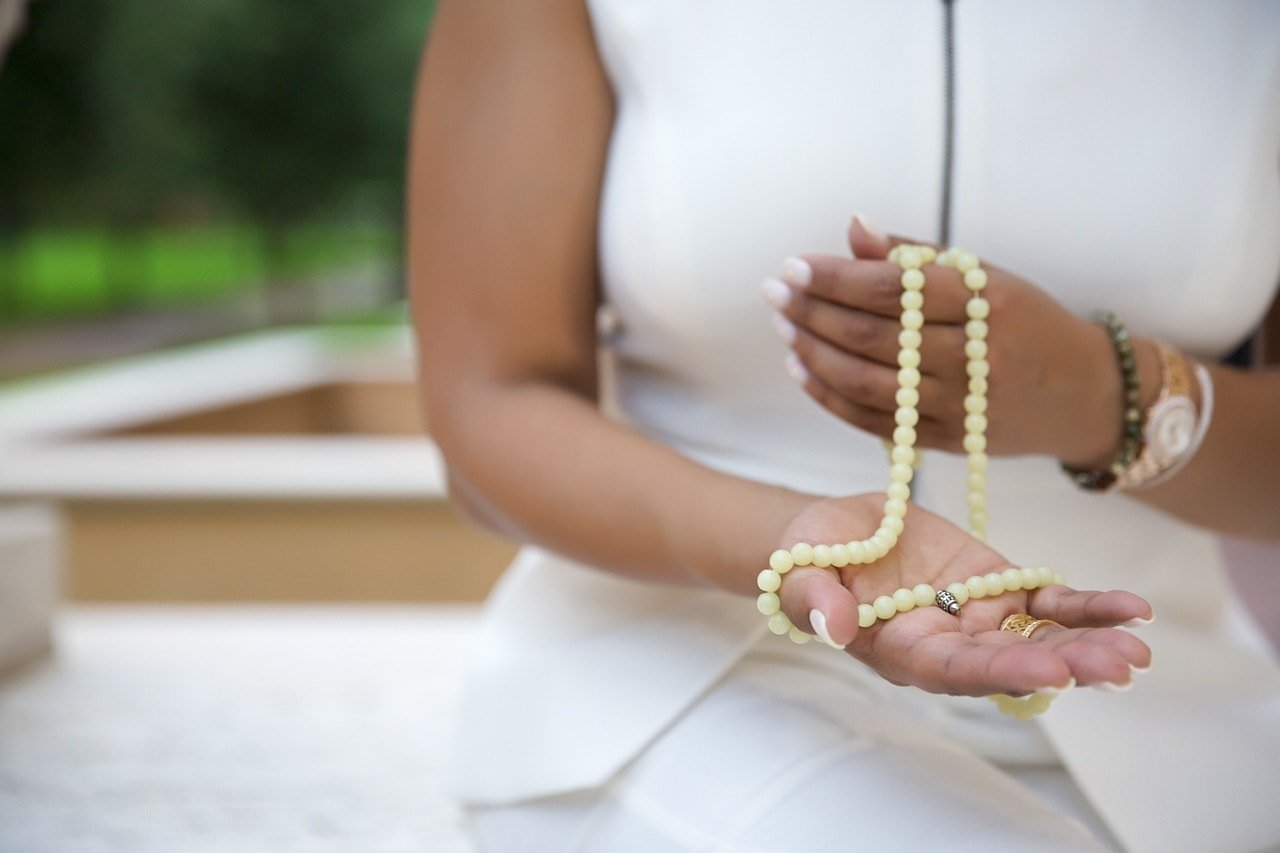Meditation not working? Try a different way.
The Traditional Way to Meditate
I’ve been practicing and teaching meditation for many years, and was recently surprised to learn a different way to meditate that was completely new to me. As a yoga teacher, I’d learnt meditation through the yogic lineage, or Vedic philosophy, of India. And as a Buddhist, I learnt how to meditate according to the Buddha’s instructions. Both these lineages advocate what I call the ‘directed focus method’, which is the most widespread and traditional type of meditation in the West, as well as the East.
What is Directed Focus Meditation
Directed focus meditation means that you have something to focus on during your meditation ie. your breath, a mantra, candle flame, a guiding voice, intention, senses etc. Every time you get distracted, by thoughts or something around you, you just keep directing your attention back to your point of focus. I’ve been doing this for over 25 years and it’s what I’ve been teaching my clients, and my students on my 200 hr Yoga Teacher Training Courses.
The Benefits of Directed Focus Meditation
Simply put, the benefits of this type of meditation, is that you have something tangible and available, to return to each time you get distracted. There is a point of focus as opposed to nothing. There are many other benefits to these different points of focus that I won’t go into in detail, for instance repeating a mantra invokes the characteristics of that mantra in you. Metta meditation makes you more compassionate, and meditating on an intention, helps to solidify that resolve into your mindset. While meditating using directed focus, you can achieve pure concentration and union, becoming ‘one’ with your focal point. This is the stage you ideally achieve with continued practice, referred to as Samadhi.
Samadhi
Samadhi, also known as absorption, union, clarity, concentration, self-realization, bliss etc is a state of meditative consciousness. It is the last stage on the Eightfold path in Buddhism and in Patanjali’s Eight Limbed path of Yoga. What it is, how it is experienced, and what it leads to, can be discussed for days, mainly because it is a subjective experience that is different for each person. It is what you’re trying to experience in your meditation practice, but should not be your goal. If it is, then whichever meditation method you choose, you’re unlikely to experience Samadhi because you’re chasing after it. However it is an important part of your spiritual journey towards liberation, and a truly joyful experience which can be reached using either the directed focus method, or this completely different way to meditate that I recently discovered.
The ‘Letting Go’ Method or ‘Shikantaza’
The different way to meditate is what I learnt from Soto Zen priest Domyo Burk on The Zen Studies Podcast, which she calls the ‘Letting Go’ method. Those in the Soto Zen tradition of Buddhism may know this as a form of zazen meditation called Shikantaza, or ‘silent illumination’. Basically you sit down for meditation, give up the effort to control anything, let go of worrying about anything, including your thoughts or your meditation. It is a somatic practice, where you are aware of your body sensations without getting caught up in them. You are not focusing on your breath or your body, otherwise you would be practicing Mindfulness. You just sit and focus on maintaining the correct posture and on the sensations of your body sitting, letting go of everything else, to just sit and be.
Is it a Harder Way To Meditate?
The answer to this is hugely personal and subjective. Those who have found the Directed Focus method of meditation difficult, might find this new way to meditate a breath of fresh air. But don’t let the ‘just let go’ idea trick you into thinking that it’s easy, because to some people it can be much harder than the directed focus method, simply because there’s nothing tangible for you to focus on. Just sitting down, relinquishing effort, and being in your body in each moment, can seem very unnatural because we’re used to ‘doing’ and ‘being’ all the time. We’re active and have a conscious sense-of-self.
Therefore doing nothing seems lazy, uneventful and unproductive to a species that is constantly trying to achieve something. So the ‘letting go’ method can actually take a lot of will, humility and patience. It could also be a bit unnerving to some. As Domyo Burk explains, we have an attachment to our sense of identity, that defines who we are mentally and physically. Giving up that idea and detaching from our self-consciousness, can feel like we’ve disappeared into the abyss, where we’re just sitting in nothingness.
Is it an Easier Way To Meditate?
However, some will find this way of meditating a lot easier and will resonate with it more, because essentially the brain isn’t required to focus or contemplate, as our only objective is to maintain correct posture, and be in the somatic experience of sitting, and nothing else. Those who may have found ‘directed focus’ meditations too stimulating, busy or noisy, may find this to be the style that suits them the most. So why not give it a go? Don’t let attachment to the past, preconceptions or impatience stop you, and remember that it won’t revolutionize your practice in 1 attempt. You may find it harder, easier, or simply just a different way to meditate.
Like all things worthwhile, this different way to meditate might take time, and be worth several attempts to see what happens. For hundreds of years, Zen teachers have been advocating the Shikantaza method of meditation. So if being zen is an objective of yours, take it from them that there’s something in this practice worth giving a go!
[/vc_column_text][/vc_column][/vc_row]







